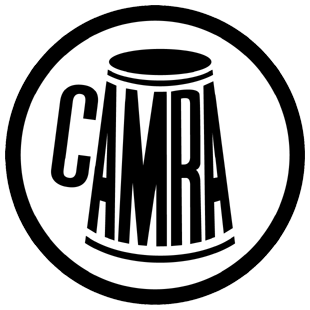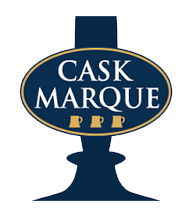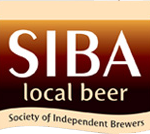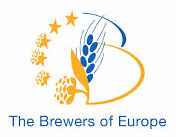What is CAMRA?
CAMRA, the Campaign for Real Ale, is an independent, voluntary organisation that campaigns for real ale, community pubs and consumer rights.
It has more than 160,000 members across the world and supports well-run pubs as the centres of community life – whether in rural or urban areas – and believes their continued existence plays a fundamental role in UK culture.
A not-for-profit company, the organisation is financed by membership subscriptions, the sale of books and merchandise, and the proceeds from national and local beer festivals.
It is governed by a National Executive - a board of directors, who are elected or a three-year term – and has more than 200 branches across the UK, enabling members to campaign and socialise in their local area.
CAMRA also has a small professional team responsible for central campaigning, research, membership services, publishing, marketing, press and administration.
Formed in March 1971, CAMRA supports pubs as places to consume real ale (also known as cask-conditioned beer or cask ale) and to try one of over 5,500 different ales now produced across the UK.
After its formation CAMRA coined the term 'real ale' to make it easy for people to differentiate between processed beers sold by big brewers and traditional beers whose existence was under threat.
Many pubs and brewers use the term to describe beers, but they are also called cask beers, cask-conditioned ales or even real beer.
In the pub the huge majority of real ales are served using traditional hand-pulls, rather than through modern fonts. Real ales may also be served direct from the cask, often called gravity dispense.
What makes real ale 'real'?
Real ale is a natural product brewed using traditional ingredients and left to mature in the cask (container) from which it is served in the pub through a process called secondary fermentation. It is this process which makes real ale unique and develops the tastes and aromas which differentiate them from processed beers.
There are a huge range of beer styles, each with different qualities, tastes and strengths, but each falls into one of two main categories: ale or lager. The key difference between them is the type of fermentation.
Fermentation is the process which turns the fermentable sugars in the malt into alcohol and carbon dioxide. Lagers are made using bottom-fermenting yeast, which sinks to the bottom of the fermenting vessel and fermentation takes place at a relatively low temperature. Authentic lagers then undergo a long period of cooled conditioning in special tanks.
Ales, which include bitters, milds, stouts, porters, barley wines, golden ales and old ales, use top-fermenting yeast.
The yeast forms a thick head on the top of the fermenting vessel and the process is shorter, more vigorous and carried out at higher temperatures than lager. This is the traditional method of brewing British beer.
Real ale is a natural, living product. By its nature this means it has a limited shelf life and needs to be looked after with care in the pub cellar and kept at a certain temperature to enable it to mature and bring out its full flavours.
Brewery-conditioned, or keg, beer has a longer shelf life as it is not a living product. Basically, after the beer has finished fermentation in the brewery and has been conditioned, it is chilled and filtered to remove all the yeast and then it is pasteurised to make it sterile. This is then put in a sealed container, called a keg, ready to be sent to the pub.
The problem is that removing the yeast and ‘killing off' the product through pasteurisation also removes a great deal of the taste and aroma associated with real ale.
Because there is no secondary fermentation occurring in the container there is no natural carbonation of the beer so gas, either carbon dioxide or a mixture of carbon dioxide and nitrogen, has to be added to "fizz up" the beer. This creates an unnaturally fizzy beer rather than the gentle carbonation produced by the slow secondary fermentation in a cask of real ale.
All beer is brewed from malted barley, hops, yeast and water, although other ingredients such as fruit, wheat and spices are sometimes used. The yeast turns sugars in the malt into alcohol and the hops provide the bitter flavours in beer and the flowery aroma.
The flavour of the beer depends on many things, including the types of malt and hops used, other ingredients and the yeast variety. Getting the yeast right is essential as each variety has its own distinctive effect on the beer.










